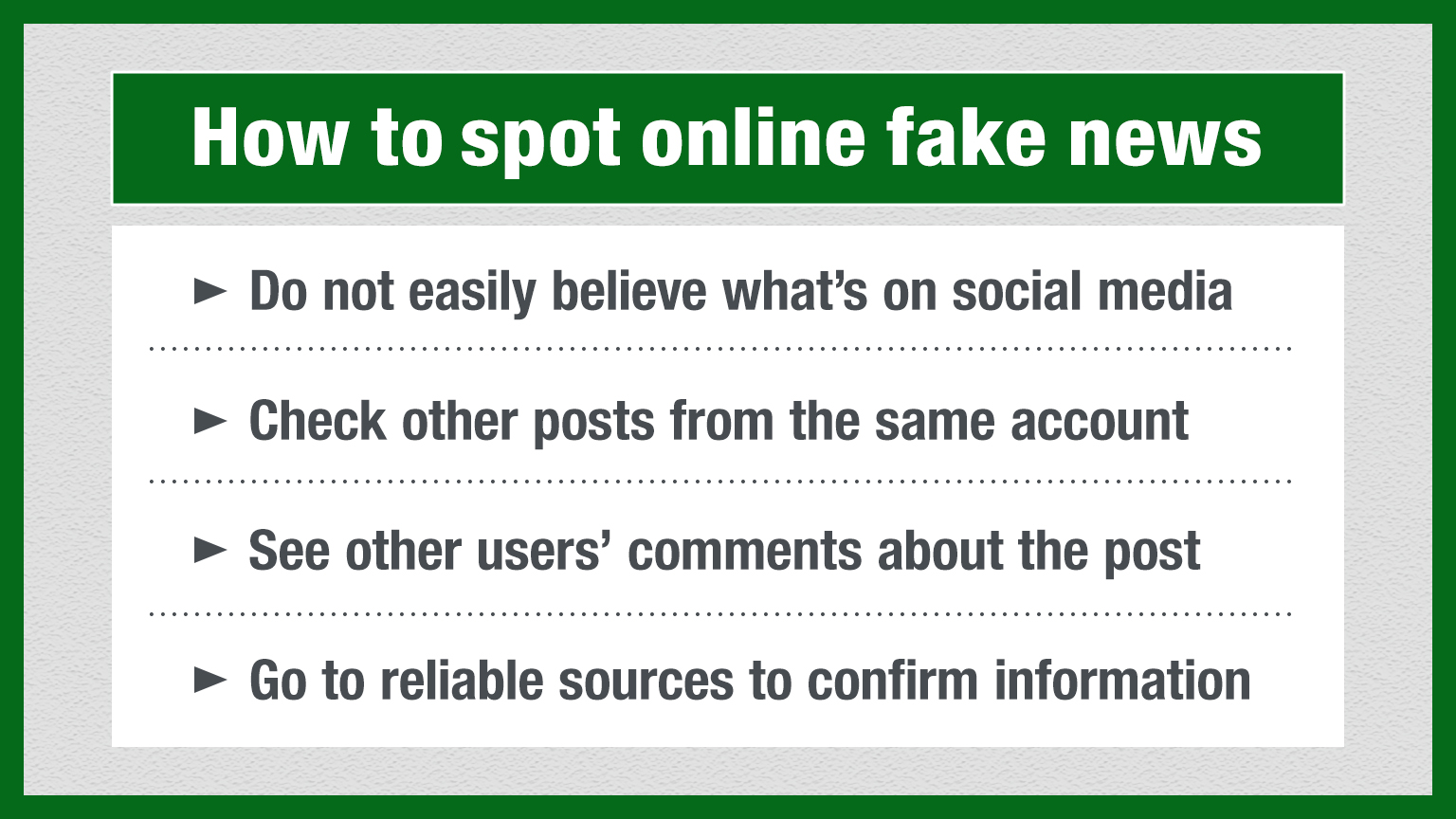Earthquakes measuring the maximum 7 on Japan's intensity scale rocked the Noto region of Ishikawa Prefecture. Erroneous information appeared on X immediately after the tremors.
'Human-induced earthquake'
Many posts stated that the earthquakes were human-made.
An NHK analysis of online data concerning the Noto quake found that, as of 5:30 p.m. on Tuesday, there were about 250,000 posts on the artificial earthquake hypothesis, including posts rejecting the idea. One post had nearly 8.5 million views.
Some posts featured videos from past events, including a Meteorological Agency news conference talking about seismic activity following a North Korean nuclear test.
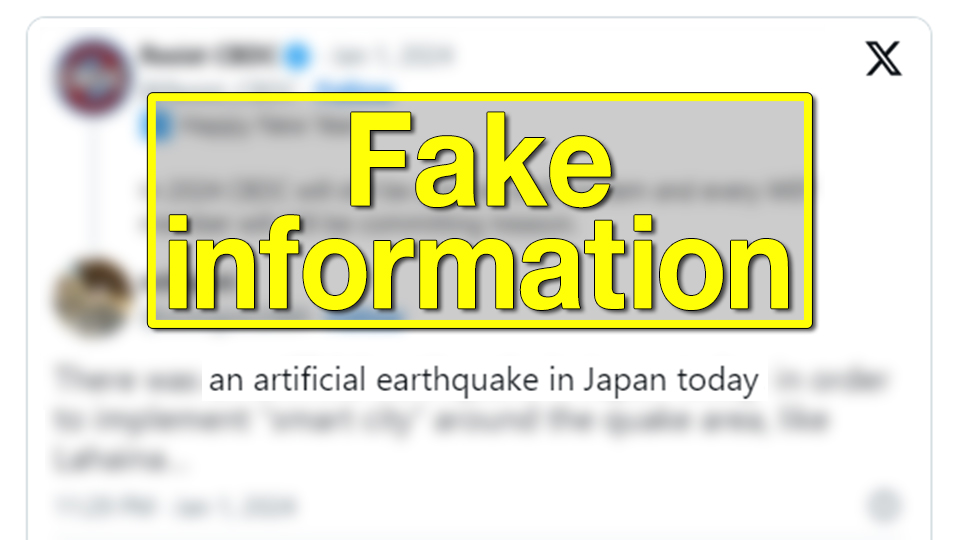
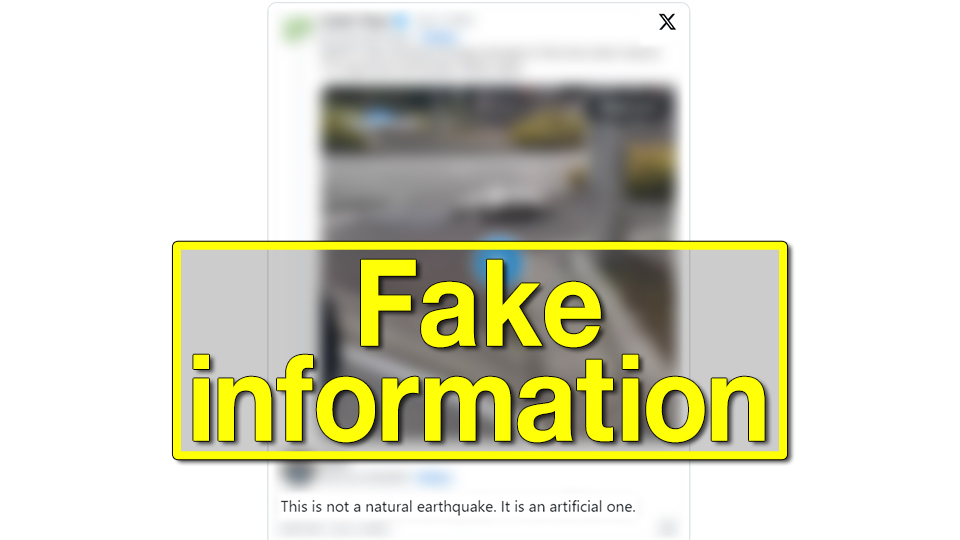
Posts have no scientific credibility
The Meteorological Agency said on Monday that the Ishikawa earthquake was a reverse fault quake where the bedrock splits, and one side slides over the other.
Kyoto University Professor Nishimura Takuya says it is inconceivable that the Ishikawa earthquake was man-made.
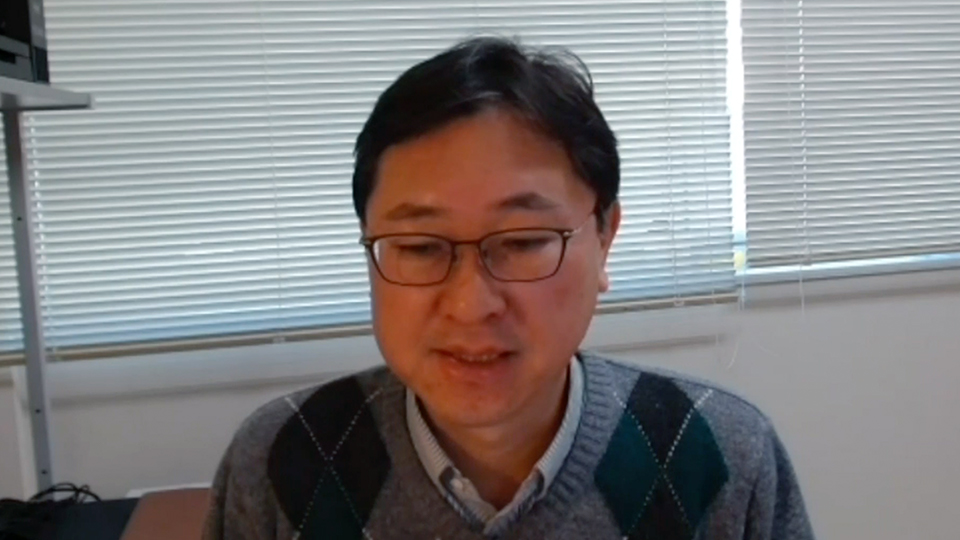
He says the earth crust movements from the quake have all the characteristics of an ordinary earthquake. He said it occurred about 15 kilometers below ground and it is impossible for humans to do anything at that depth.
And he said a magnitude 7.6 quake amounts to a tremendous amount of energy which cannot be created artificially.
Kishida calls on people to avoid spreading fake news
Misleading information about nuclear power plants and old videos of evacuation shelters were also uploaded on X.
Prime Minister Kishida said in a news conference that spreading malicious fake information about disasters is unacceptable.
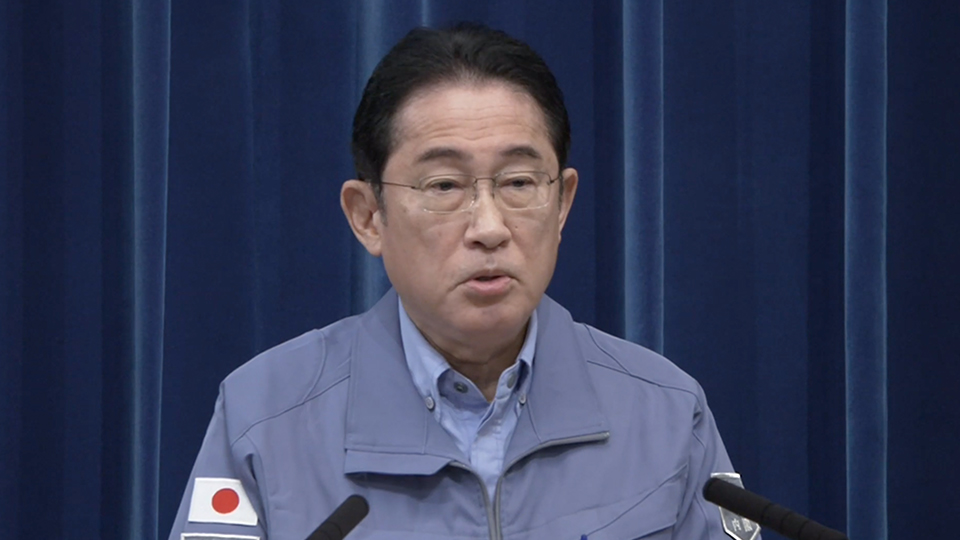
Analysts say erroneous and fake information tends to gain traction during disasters when many people feel anxious, and are seeking the latest updates, and that could cause confusion during rescue activities and evacuations.
Experts say people should not hastily spread videos that get an emotional reaction, but should remain calm, and check the sources.
